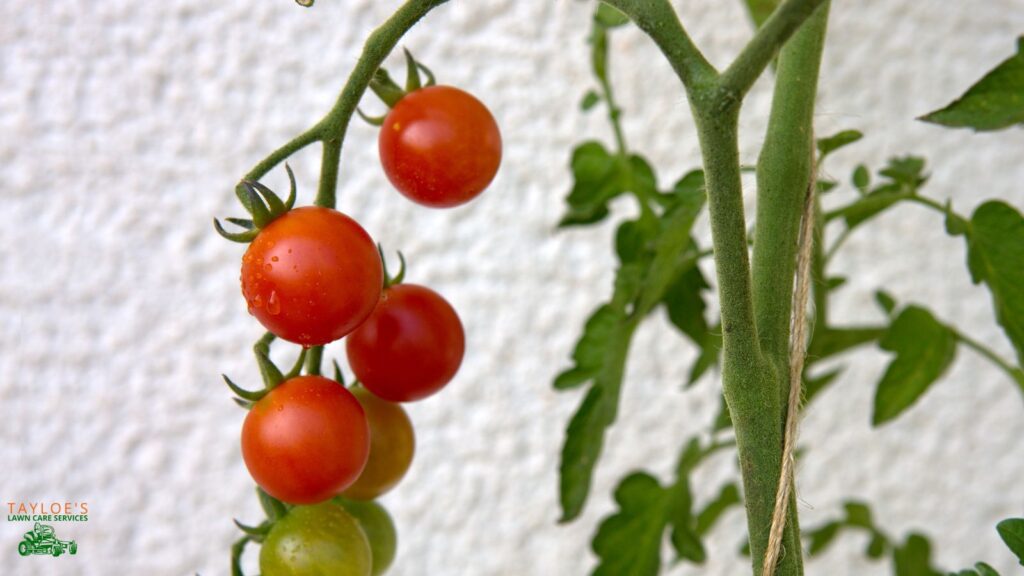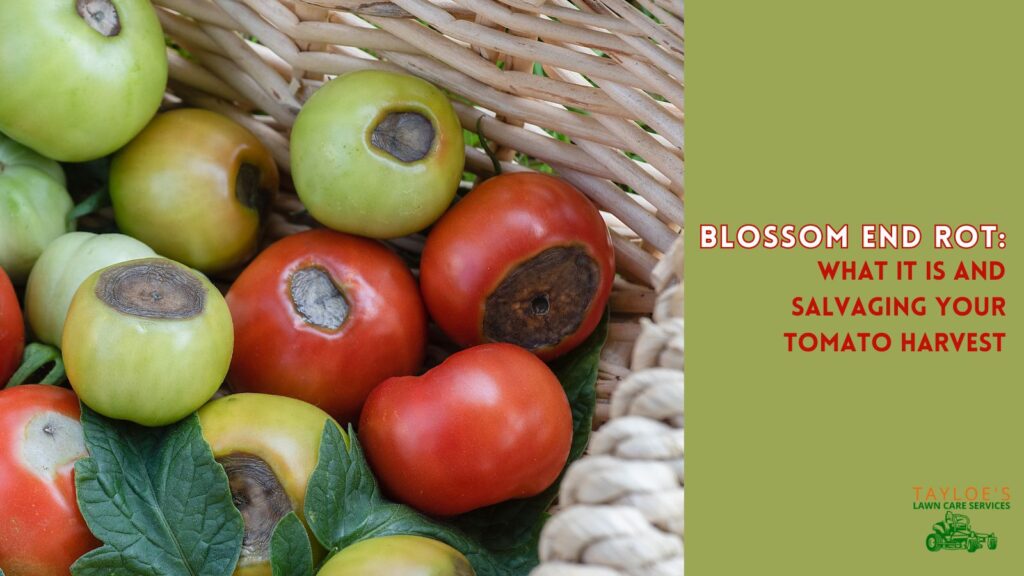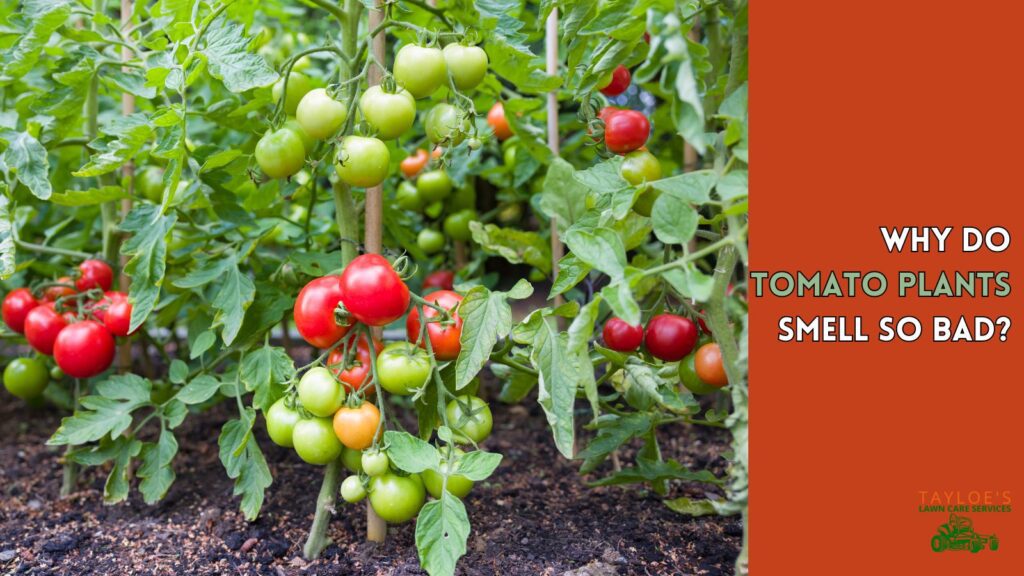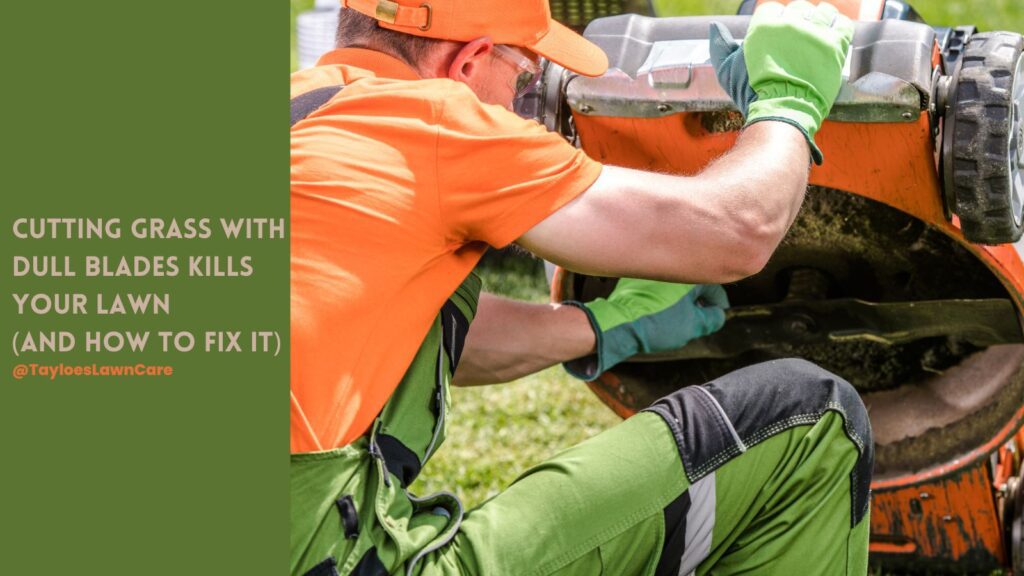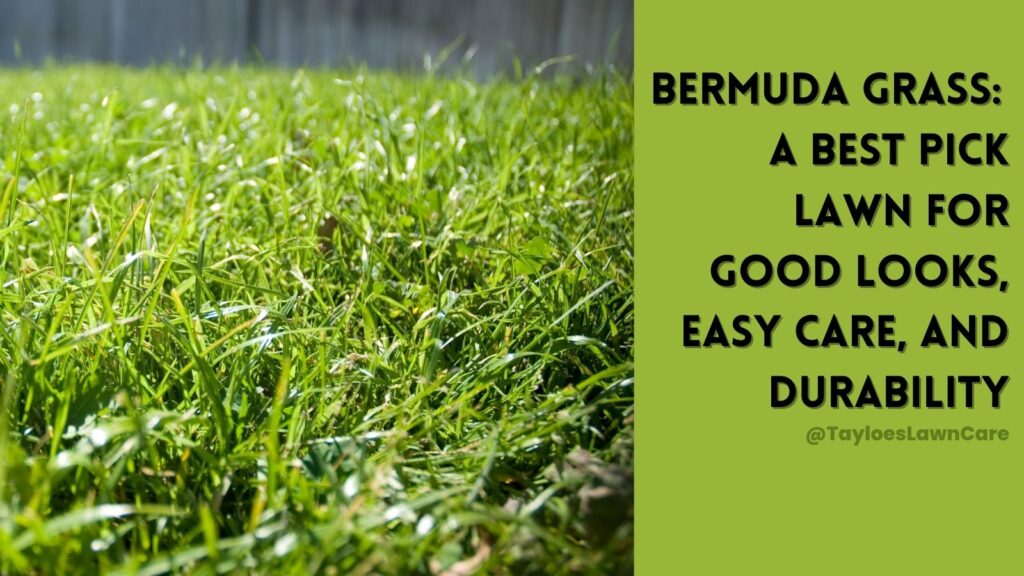Last Updated on: 1st January 2024, 11:44 am
Here are the answers to all your questions about cherry tomatoes.
If you’ve ever tasted a cherry tomato, you know why this little fruit enjoys wild popularity. Sweet and tart cherry tomatoes (Solanum Lycopersicum var. cerasiforme) are delicious eaten fresh off the vine or used in salads, sauces, and salsas.
And even though most varieties are red, these bite-sized beauties also come in yellow, orange, and shades of green.
Are you thinking about growing cherry tomatoes in your garden? Here are the answers to some frequently asked questions (FAQs) and an easy grow and care guide to help you get started.
Frequently Asked Questions About Growing Cherry Tomato Plants
Here are the questions people frequently ask Google about the cherry tomato plant.
What is a cherry tomato?
A cherry tomato is a small, round variety, usually red or yellow. These tomatoes are typically about the size of a cherry and get their name from their small size and sweet, tart flavor.
Are cherry tomatoes and tomatoes the same?
No. Though both belong to the nightshade family, tomatoes (Solanum Lycopersicum) and cherry tomatoes (Solanum Lycopersicum var. cerasiforme) are classified as different species. Tomatoes are typically more significant with a more oblong shape, while cherry tomatoes are small and round with a sweeter flavor.
Are cherry tomatoes healthier than normal tomatoes?
Both cherry and regular tomatoes contain nutrients like vitamins A and C, potassium, and lycopene. Lycopene is a powerful antioxidant linked to several health benefits, including a lower risk of heart disease and cancer.
And so, to bump up your nutrient intake, you may want to consume a wide variety of tomatoes, including cherry tomatoes.
We’re not doctors…we’re just lawn care people.
What are cherry tomatoes best for?
Because of their sweet, tart flavor, cherry tomatoes are versatile and can be used in various recipes. They’re often eaten fresh as a snack or added to salads, salsas, and sauces and can also be roasted, grilled, or baked.
Are cherry tomatoes easy to grow?
Yes. Cherry tomatoes are relatively easy to grow and care for, making them excellent for beginning and experienced gardeners. They’re also one of the fastest-maturing tomato varieties, with most cherry tomato plants bearing fruit about sixty days after planting.
Do tomatoes grow better in pots or in the ground?
Both tomatoes (Solanum Lycopersicum) and cherry tomatoes (Solanum Lycopersicum var. cerasiforme) can be grown in pots or on the ground.
However, cherry tomatoes are typically more prolific producers when grown in containers. Growing cherry tomatoes in containers is an excellent option with limited space.
How long do cherry tomatoes take to grow?
Cherry tomatoes take about sixty days to mature, but some varieties take fifty or even less.
How tall do cherry tomato plants grow?
Cherry tomato plants can range in height from two to six feet, depending on the specific type. However, most varieties are shorter, growing to about three and four feet.
Do cherry tomatoes need a trellis?
Most cherry tomato varieties don’t need a trellis or other support, but if growing a taller variety (higher than 4 feet), you may want to provide some support to keep the plant from toppling over.
Do cherry tomatoes need a lot of sun?
Yes. Like all tomato plants, cherry tomatoes need full sun to thrive; at least six and eight hours of direct sunlight each day.
How often should I water cherry tomatoes?
Cherry tomatoes should be watered deeply and evenly, about one to two inches (2.5-5 cm) per week. Increase the watering frequency, as needed, during periods of extended heat or drought.
Do cherry tomatoes come back every year?
No. Cherry tomatoes are an annual, meaning they only grow and produce fruit for one season—then die at the end of the growing season.
How many cherry tomatoes will one plant produce?
This will vary depending on the variety of your cherry tomato plant. But most plants will produce between ten and thirty pounds of fruit.
What grows well with cherry tomatoes?
Cherry tomatoes can be grown alongside a wide variety of other plants, including basil, beans, amaranth, asparagus, borage, carrots, calendula or marigolds, chives, celery, cucumber, garlic, lettuce, lemon balm, marigold, mint, sage, parsley, squash, cleome, and onion.
What should you not plant near tomatoes?
What can you not plant near tomatoes? You may ask! Tomatoes should not be planted near potatoes, fennel, dill, cabbage (brassica) family, corn, eggplant, walnuts, or kohlrabi. That’s because plants can negatively impact the growth and flavor of your tomatoes.
Why should you not plant cucumbers near tomatoes?
Tomatoes and cucumbers can be grown together. However, they should not be planted too close. This allows for adequate air circulation, which helps prevent the spread of diseases and mold issues.
Can you grow tomatoes and peppers together?
Yes, you can grow peppers and tomatoes together; however, bear in mind that they’re both in the Solanaceae family. This means an increased risk of disease transmission between the two plants. Separating them by at least three feet (one meter) is recommended.
It’s also vital that you rotate your crops each year to help minimize the risk of developing problems.
Do coffee grounds help tomatoes grow?
Yes. Coffee grounds are a rich source of nitrogen, beneficial for tomato plants. Adding a layer of coffee grounds (about one to two inches thick) around your plants’ base will help enrich the soil and promote healthy growth. Do not mat them against the plant stems, as they hold too much moisture and cause rot if directly applied against the plant.
If you have heavy, wet clay, you can also use coffee tea, a homemade liquid fertilizer that will not sit so heavily on top of the earth.
Is Miracle Grow good for tomatoes?
Miracle Grow is a chemical fertilizer that is high in nitrogen. While it can help improve the growth of tomatoes, you will want to avoid it if you’re trying to grow organic tomatoes.
Use this product with extreme caution because the high nitrogen content can burn the roots of your plants, causing stunted growth or even death, especially if you don’t follow the directions carefully. If you decide to use Miracle Grow, follow the rules on the package and only use it as directed.
Are eggshells good for cherry tomato plants?
Yes. Eggshells are a good source of calcium and are beneficial for tomato plants.
Adding crushed eggshells to the soil around your tomato plants can help prevent blossom end rot, which can cause the fruit to rot from the bottom up.
What does baking soda do for tomato plants?
Many gardeners swear that sprinkling baking soda around the base of their plants will produce sweeter fruit. That’s because it reduces soil acidity. As a result, you increase the pH level and make the soil more alkaline. Thus, the fruit becomes sweeter.
You can also use it as a fungicide to help prevent diseases such as powdery mildew and black spots from infecting your crops.
Mix one teaspoon (five grams) of baking soda with one quart (one liter) of water. Spray the mixture on your plants, getting the undersides of the leaves every seven to ten days.
Be sure to test a small area of your plant first to ensure it doesn’t cause any damage.
Growing Cherry Tomato Plants
You can buy seedlings from your local nursery or start the plants from seed.
If you’re starting from seed, plant the seeds indoors about six to eight weeks before the last frost date in your area.
- Fill a seed-starting tray with a sterile potting mix and lightly moisten it.
- Sow the seeds on the surface of the mix and cover them with a thin layer of vermiculite.
- Locate the tray in a warm, sunny area and moisten the soil. The seeds will sprout in five to twelve days.
- Once the seedlings have two to three sets of true leaves, transplant them into individual pots filled with a good-quality potting mix. Alternatively, if transplanting into the ground, amend the soil with compost or manure to help improve its drainage and fertility.
Cherry Tomato Growing and Care Needs
Here are some care tips for your plants.
- Light: Cherry tomatoes thrive and fruit best in full sunshine; at least six to eight hours daily.
- Soil: Tomatoes love slightly acidic, well-drained, fertile, loamy soil—so be sure to test your soil before planting.
- Raised beds: Consider growing in containers or raised beds for heavy and poorly drained garden soils.
- Spacing: Space the plants eighteen to twenty-four inches (45-60 cm) apart. Unless you’re growing a dwarf variety, plant them twelve inches (30 cm) apart.
- Mulching: Apply organic mulch immediately after planting to help with moisture retention and weed control.
- Water: Irrigate cherry tomato plants deeply and regularly for consistent moisture levels, even during the fruiting period. Avoid overwatering, as it may lead to tomatoes’ splitting. If possible, use drip irrigation rather than overhead—to avoid spreading diseases such as blight.
- Temperature and Humidity: Tomatoes are highly cold-sensitive. And so, before transplanting your seedlings outdoors, be sure to harden them off first. Also, delay planting until the soil temperature gets to at least 60° F. Humidity is rarely an issue with tomatoes; however, ensure adequate airflow around the plants to prevent any possibilities of fungal diseases.
- Fertilizer: Fertilize during planting with a tomato-labeled fertilizer (or compost), following the instructions on the label. Continue to fertilize throughout the growing season for a bountiful harvest.
- Staking: Depending on your cherry tomato variety, consider staking or providing some other form of support, such as a cage or tomato ring, to help keep the fruits off the ground and prevent them from rotting.
- Pruning: Pruning isn’t mandatory, but it might help redirect the plants’ energy to fruit production rather than foliage. To prune, simply remove the small stems (suckers) growing from the main stem, plus those hanging too close to the ground.
- Harvesting: To harvest, wait until the fruits are fully ripe and pick them by hand. Check the plants regularly; cherry tomatoes can go from ripe to overripe quickly.
- Wrap up your harvesting before the wrath of frost in the fall.
Propagating Your Plants
Besides the usual seed and nursery plant propagation methods, you can also grow these plants from cuttings. In late spring, during the active growth season:
- Identify your parent plant. From it, locate a sucker emanating from the main stem—without flowers or buds—then cut off a 6-8 inch piece.
- Take out the leaves on the cutting’s lower section.
- Moisten your soilless potting mix and transfer it into a planting pot, then therein, plant the cutting.
- Place the pot in bright, indirect sunlight.
- Ensure the soil stays consistently moist and not soggy.
- The roots should develop within seven to fourteen days, after which you can transplant them into the garden.
Tip: Gently tug on the cutting to check if the roots have grown. Resistance implies there are roots.
Common Pests and Diseases
Cherry tomatoes (like any other tomato plants) are susceptible to various pests and diseases, including mosaic viruses, blight, leaf spots, aphids, whiteflies, tomato hornworms, and verticillium wilt.
To manage or prevent most of these issues, ensure adequate spacing between the plants, avoid overhead watering, and provide a solid support system to help keep the plants (and their fruits) off the ground.
Popular Cherry Tomato Varieties
- ‘Golden Sweet’ is a soft yellow variety resistant to leaf mold and fusarium wilt.
- ‘Black Cherry’ is a purple-black heirloom type.
- ‘Isis Candy’ is a heirloom variety, bicolored light red with golden streaks.
- ‘Fantastico’ is tolerant to late blight and crack-resistant.
- ‘Sun Gold’ is a lovely orange variety that is resistant to tobacco mosaic virus and fusarium wilt.
The Takeaway: The Tiny Cherry Tomato Makes a Delicious Addition to the Garden
With proper care, cherry tomato plants will produce abundant, sweet, delicious fruits all season long.
So, if you’re looking for a fun and easy-to-grow plant to add to your garden, be sure to give this tiny, flavorful fruit a try! “Offer me sufficient water and sun, and I’ll fill your plate,” says cherry tomato.
Love getting great gardening and landscaping content? Be sure to follow Tayloe’s Lawn Care Services, LLC on Facebook. We post regularly, bringing you fresh new ideas. Need to connect with us about lawn care or a yard maintenance project? Call or text us at 252.287.3376.
Author Profile

- Maureen Abuor
- Maureen Abuor is a professional content marketing strategist and SEO strategist, with particular knowlege of creating landscaping and gardening content that informs and delights her audience. When she's not working, she's a busy mother of three precious little ones and child of God.
Latest entries
 Lawn CareApril 29, 2025Best shady area grass seed for Eastern NC
Lawn CareApril 29, 2025Best shady area grass seed for Eastern NC GardeningApril 15, 2025How do I make organic soil for the garden?
GardeningApril 15, 2025How do I make organic soil for the garden? Flower GardenMarch 7, 2025What are wave petunias?
Flower GardenMarch 7, 2025What are wave petunias? Flower GardenMarch 3, 202520 Full-sun annuals for your spring and summer garden
Flower GardenMarch 3, 202520 Full-sun annuals for your spring and summer garden

